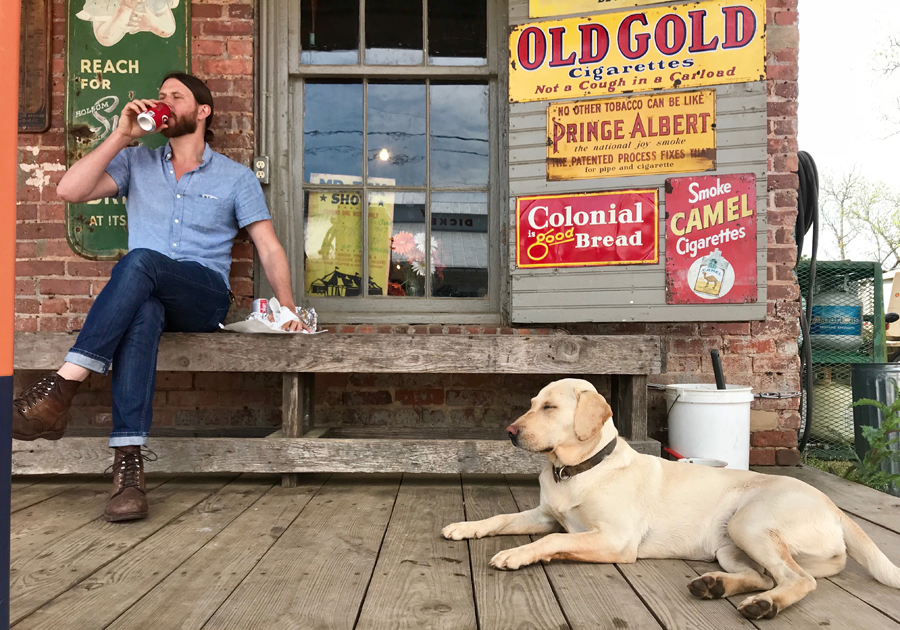
Photographer’s Statement
I believe Ansel Adams said it best when he said something to the effect of “you don’t take a photograph, you make it.”
It’s my intention to show these as light filled spaces, a representation of the physical and an allusion to the spiritual.
There’s a degree to which I understand the seemingly inherent expectation that photography is supposed to be an accurate portrayal of the world “as it is seen.” When it comes to painting, it takes exceptional skill on part of the artist to portray a striking sense of realism. However, with photography it takes almost none at all to get a high correlation to reality. We may be able to say this is a base function of the camera. Still, it does take skill to convey a specific intention, feeling, impact, or vision; an unmanned camera is an empty vehicle.
On the other hand, I’m inclined to say that photography has never truly been a reliable tool for exactness, neither for primary or secondary qualities of the world around us. Think of color. At the advent of photography there was none. Yet, I’ve never seen a black and white world. And thus from the very beginning photography did not show the world we saw. As things always advance, we shortly thereafter created color photography. The result of this was that people would choose a film for their particular application based on how it reproduced color, which in and of itself is indicative of there being no constant, standard color. Even so called realistic color films give varying results from one another and have their own limitations, such as being balanced only for daylight or, outside of color, problems retaining shadow or highlight details that we do see when standing there.
We may be inclined to say that, color variation aside, at least a structure consistent with the world we see is maintained, but that too isn’t so clear to me. Who sees in 24mm? 28mm? 200mm? Even a 50mm lens has no peripheral vision and will distort lines when looking up or down. Who sees in the manners which these focal length lenses render structures, people, etc.? Who speaks of the bokeh their eyes offer? Take your portrait with a 24mm lens and then again at 200mm. Some who do not know you may even think the two resulting people are related but perhaps not the same person.
To bring this back to the churches, go visit a local church and shoot a jpeg yourself of a church as your particular camera “sees” it. Even shoot a RAW file of the church as the camera “sees” it. Neither of these show the church as you see it. And so a choice must be made as to what to show. It’s my belief that we generally do not truly want a photograph that looks exactly as we see life with our eyes only.
When people view these photos I get responses ranging from “It looks just like I’m standing there” to “the church doesn’t really look like that.” So with all this subjectivity I come back to photography as, for me, an act of creation similar to any other and I insert myself into it. I choose to show the spaces as spaces filled with light, and it pleases me to do this. When I enter a church my eyes see it as it stands, but in my mind I see a photograph and it is that photograph which I am creating, not the church itself.
Steven